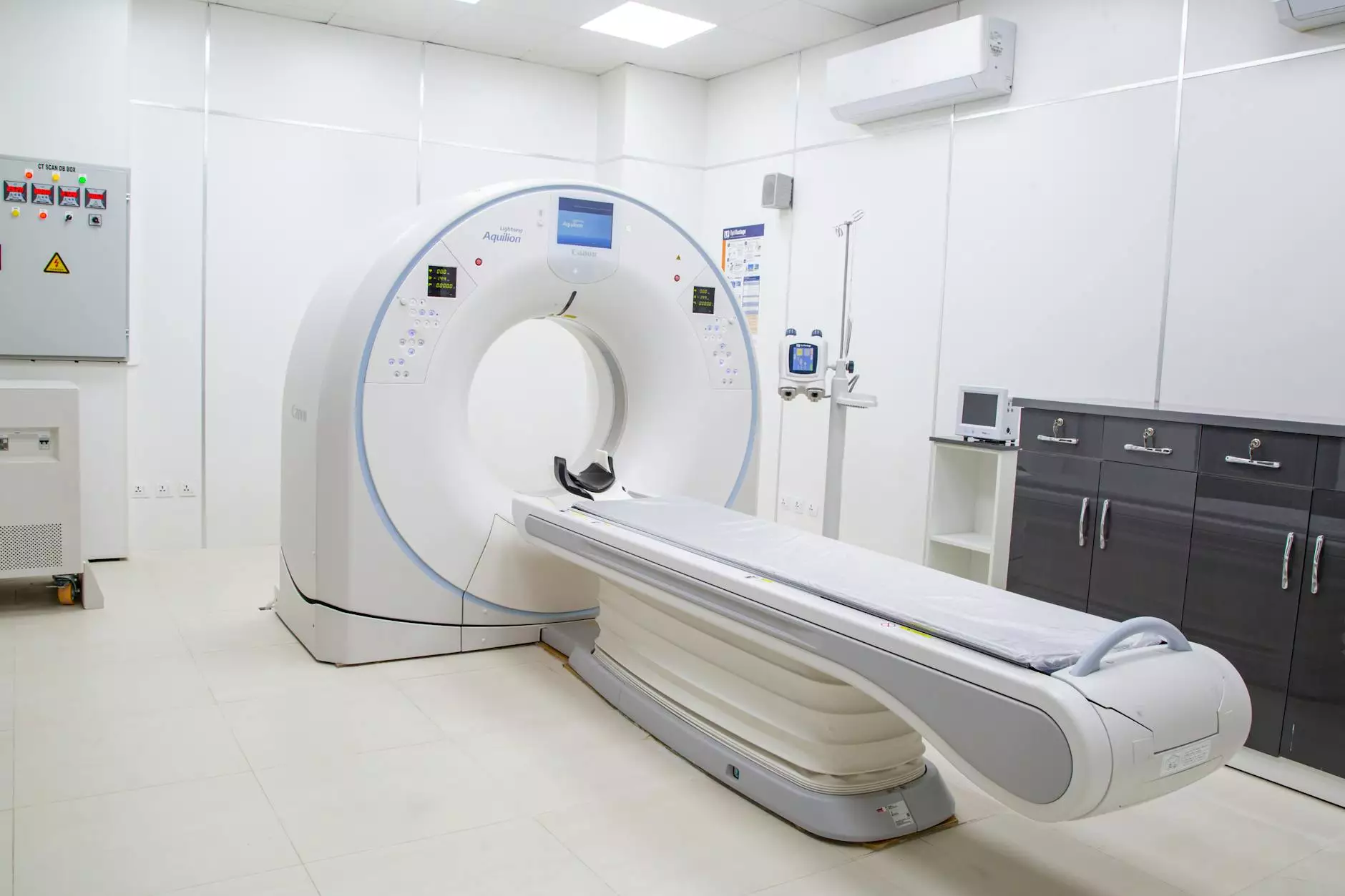Understanding the Procedure: Hysterectomy Explained

What is a Hysterectomy?
A hysterectomy is a surgical procedure that involves the removal of a woman's uterus. Depending on the specific medical conditions, the procedure can also involve the removal of other reproductive organs such as the ovaries and fallopian tubes. Understanding this procedure is crucial for many women, particularly those facing specific health challenges.
Reasons for a Hysterectomy
There are various medical conditions that may warrant a hysterectomy, including:
- Uterine Fibroids: These non-cancerous growths can cause significant discomfort and heavy menstrual bleeding.
- Endometriosis: A condition where endometrial tissue grows outside the uterus, leading to pain and other issues.
- Uterine Prolapse: This occurs when the uterus slips into the vaginal canal due to weakened pelvic floor muscles.
- Cancer: In cases of uterine or cervical cancer, a hysterectomy may be necessary as part of treatment.
- Abnormal Bleeding: Persistent heavy or irregular bleeding may necessitate the removal of the uterus.
Types of Hysterectomy
There are several types of hysterectomy procedures, which include:
- Total Hysterectomy: Involves removing the entire uterus and cervix.
- Partial (or subtotal) Hysterectomy: The upper part of the uterus is removed, leaving the cervix intact.
- Radical Hysterectomy: Involves the removal of the uterus, cervix, parts of the vagina, and surrounding tissues, often performed when cancer is present.
- Laparoscopic Hysterectomy: A less invasive procedure where the surgeon uses small incisions and a camera to perform the surgery.
Preparing for a Hysterectomy
Preparation for a hysterectomy involves several steps to ensure a successful outcome. This may include:
- Consultation: Discussing potential risks and benefits with your healthcare provider.
- Medical Tests: Blood tests, imaging tests (like ultrasounds or MRIs), and possibly a biopsy may be conducted prior to surgery.
- Medications: Adjusting current medications or starting new ones as advised by your doctor.
- Pre-operative Instructions: Following specific instructions regarding eating and drinking before the surgery.
The Hysterectomy Procedure
The surgical procedure for a hysterectomy typically involves the following steps:
- Anesthesia: Patients are usually given general anesthesia so they are asleep during surgery.
- Incision: Depending on the technique used, the surgeon will make an incision either in the abdomen or the vagina.
- Removal of the Uterus: The uterus, and any other affected organs as necessary, will be carefully removed.
- Closure: After the removal, the incision is closed using sutures or staples.
- Post-operative Care: Patients are monitored for any complications as they wake up from anesthesia.
Recovery After a Hysterectomy
Post-operative recovery is an integral part of the hysterectomy process. Recovery times can vary based on the type of hysterectomy performed:
- Hospital Stay: A hospital stay may last from one to three days after the surgery, depending on individual circumstances.
- Home Recovery: Full recovery can take anywhere from four to six weeks; however, this varies by individual.
- Follow-up Visits: Regular follow-up appointments with your healthcare provider are important to monitor progress.
- Physical Activity: Gradual reintroduction of physical activities is advised, with specific timelines set by the doctor.
Following your doctor’s instructions is crucial for a safe and effective recovery.
Potential Risks and Complications
As with any surgical procedure, there are risks associated with hysterectomy, including:
- Infection: There is a risk of developing infections post-surgery.
- Bleeding: Some women may experience excessive bleeding during or after the surgery.
- Injury to Surrounding Organs: Surrounding organs such as the bladder or intestines may be at risk of being injured during surgery.
- Blood Clots: There is an increased risk of blood clots forming, particularly in the legs.
- Hormonal Changes: If the ovaries are removed, women may experience menopause symptoms.
Emotional and Psychological Impact
Beyond the physical aspects, a hysterectomy can have emotional and psychological impacts on women. Many may experience feelings of loss or changes in body image. It’s important to understand these feelings are valid and seeking support can be beneficial:
- Support Groups: Joining a support group for women who have undergone similar procedures can provide comfort and understanding.
- Therapy: Speaking with a mental health professional can help in coping with emotional changes.
Conclusion: Empowering Women through Knowledge
Understanding the hysterectomy procedure equips women with the necessary knowledge to make informed decisions about their health. It is essential to discuss all concerns and questions with a healthcare provider to ensure a thorough understanding of what to expect before, during, and after the surgery. By empowering themselves with information, women can approach this significant health decision with confidence.
For more information on hysterectomy and related health topics, visit drseckin.com. It serves as a valuable resource for women navigating their health journeys.
procedure hysterectomy








